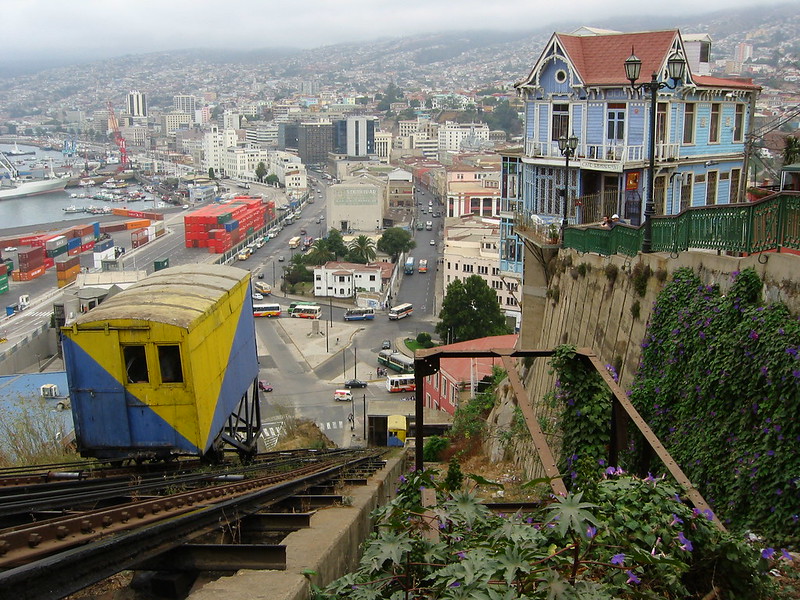
Mayors are more than local officials – they are the connection point between governments and citizens across the globe. In this blog, originally published in IQ Latino, International Republican Institute (IRI) expert Tony Garrastazu shows how democracy depends on cities, and offers recommendations for the mayors shepherding their cities’ development in Latin America and around the world.
According to the United Nations, 55 percent of today’s global population live in cities, a trend that is expected to increase to 70 percent by 2050. While it’s true that the pandemic and its resulting demand for isolation has sent many people away from large urban centers, we have been observing a clear, natural tendency toward cities for several decades. Cities continue to expand because they provide better job opportunities, more potential for development and a better quality of life.
Undoubtedly, this trend, along with changes in social dynamics stemming from the pandemic, present enormous challenges for those directly responsible for managing cities. Mayors are citizens’ first link to government. They have the most direct contact with both constituents and their demands, and the public policy issues at hand. If mayors want their cities to serve as exemplars of growth and ideal places to live, it is imperative they hold this vision and rely on the best technocrats and teams to carry out their policies and vision.
In Latin America, for example, improving exchanges of experiences between the region’s cities, as well as ensuring consistent interactions between different levels of government, is key for local growth. It is important that mayors and their team work to provide services more efficiently, encourage citizen participation and promote economic development. With this vision in mind, the International Republican Institute (IRI) launched a Municipal Best Practices initiative. Not only does the program support mayors in responding to decisions efficiently and transparently, it also helps citizens participate more meaningfully in government planning and decision-making to build the buy-in and stakeholder support needed for long-term viability.
It is just as important to maintain leadership, as to build it. Successful mayors have achieved this by being responsive and prioritizing growth and development. As a result of the positive impact on their community, the greatest mayors are trusted to advance their knowledge and skills to higher positions at the national or regional levels. Let us consider several members of President Joe Biden’s cabinet. The Mayor of Boston, Marty Walsh, has been nominated Secretary of Labor; Pete Buttigieg, previous Mayor of South Bend, has been appointed Secretary of Transportation, and Gina Raimando, has gone from the Governor of Rhode Island to the newly-confirmed Secretary of Commerce.
Today, we see how cities and their mayors assume an increasingly active and relevant role in decision-making and in the development of a nation. Former two-term Mayor of Chicago, Rham Emmanuel, explains this phenomenon in his book, The Nation City: Why Mayors Are Now Running the World. He illustrates that the spotlight shines brightly on cities as they stand at the center stage of innovation and effective governance. He emphasizes the importance of strong relationships between mayors, adding they are expected to be more accountable to their voters than any other elected official.
We know that cities will not stop growing. Similarly, we know their growth must provide real development opportunities for their communities. The spotlight will remain pointed at cities as we continue to monitor their growth, but will focus increasingly more on the mayors who govern them.
Top